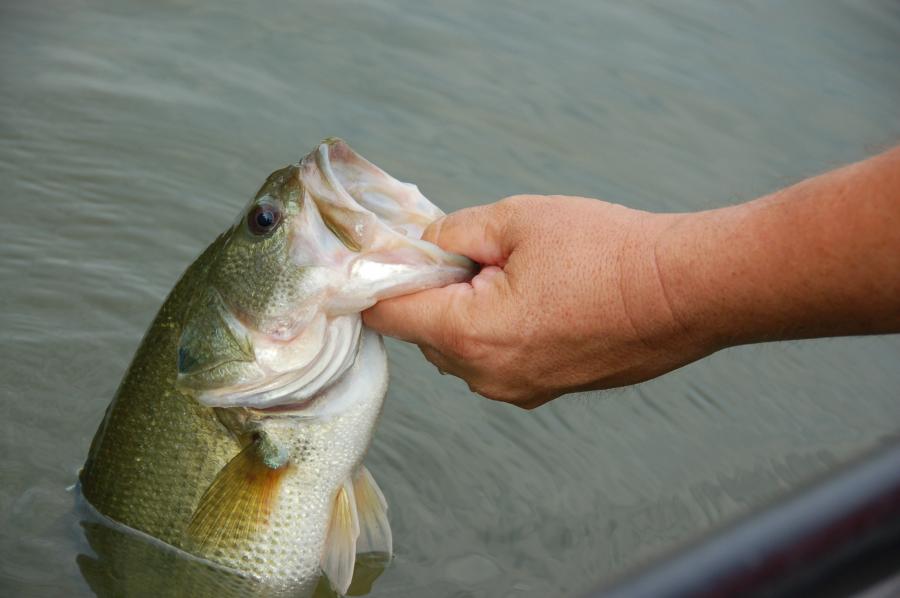How to Make Catch and Selective Release Really Work
As more anglers fish for pleasure rather than food, many fish are released instead of going into the frying pan. This practice has helped contribute to good fishing in many Alabama lakes even though fishing pressure has increased, and fishing gear has greatly improved. Anglers generally believe they are saving fish for another day or another angler when they release their catch. This is not the case when fish die from stress after being released. To understand how stress kills fish, it is easiest to consider stress as something that gradually increases during the capture period until it reaches a point from which the fish cannot recover.
Below are several recommendations aimed at reducing stress on a fish during catch and selective release. These are based on experiences from work on hatcheries, sampling fish in lakes and rivers, and specific studies on fish survival. Proper catch and selective release can allow all of us to protect the sport and the pastime we enjoy so much.
- The key to reducing stress on fish is to handle them as little as possible. This means landing the fish carefully and releasing it in a gentle manner.
- Land the fish by hand or with a rubber or soft nylon mesh landing net (stiff nylon mesh net scrapes off much of a fish’s protective slime coating and can even remove scales).
- When handling bass, grasp by the lower jaw and hold the fish vertically. Larger bass should be held with one hand on the jaw and the other hand supporting the weight under the belly. Do not hold a bass by the lower jaw horizontally with only one hand.
- Remove hooks as quickly as possible. Needle-nosed pliers make this much easier on you and the fish.
- Run aerators frequently when fish are held in live wells (oxygen is even better than aeration). When water temperatures are over 70 degrees Fahrenheit, run aerators continuously. Do not crowd fish in live wells as this contributes to stress. If fish are caught in lakes with a slot limit, consider keeping fish shorter than the slot limit on ice in a cooler. By harvesting fish shorter than the slot limit, fishing will improve.
- Add one-half cup of un-iodized salt (rock salt or ice cream salt) per 5 gallons of water to correct for electrolyte imbalance. When water temperatures are over 80 degrees Fahrenheit, add enough ice to lower the temperature approximately 10 degrees Fahrenheit.
- Commercial live bait conditioners are available, but some conditioners contain chemical ingredients that are not FDA and EPA approved. Therefore, they are not recommended by the Alabama Division of Wildlife and Freshwater Fisheries.
- Change live well water every two to three hours, or whenever fish begin showing signs of stress, such as excessive darting and banging into the live well sides or swimming nose up to the surface.
- If fish cannot regain sufficient equilibrium to swim properly for more than a few seconds, or if there is red discoloration in the fins or body, enjoy the fish for dinner. Once fish reach a certain stress level, they very seldom recover.
- If the fish are to be used for food, proper procedures should be followed to retard spoilage.







